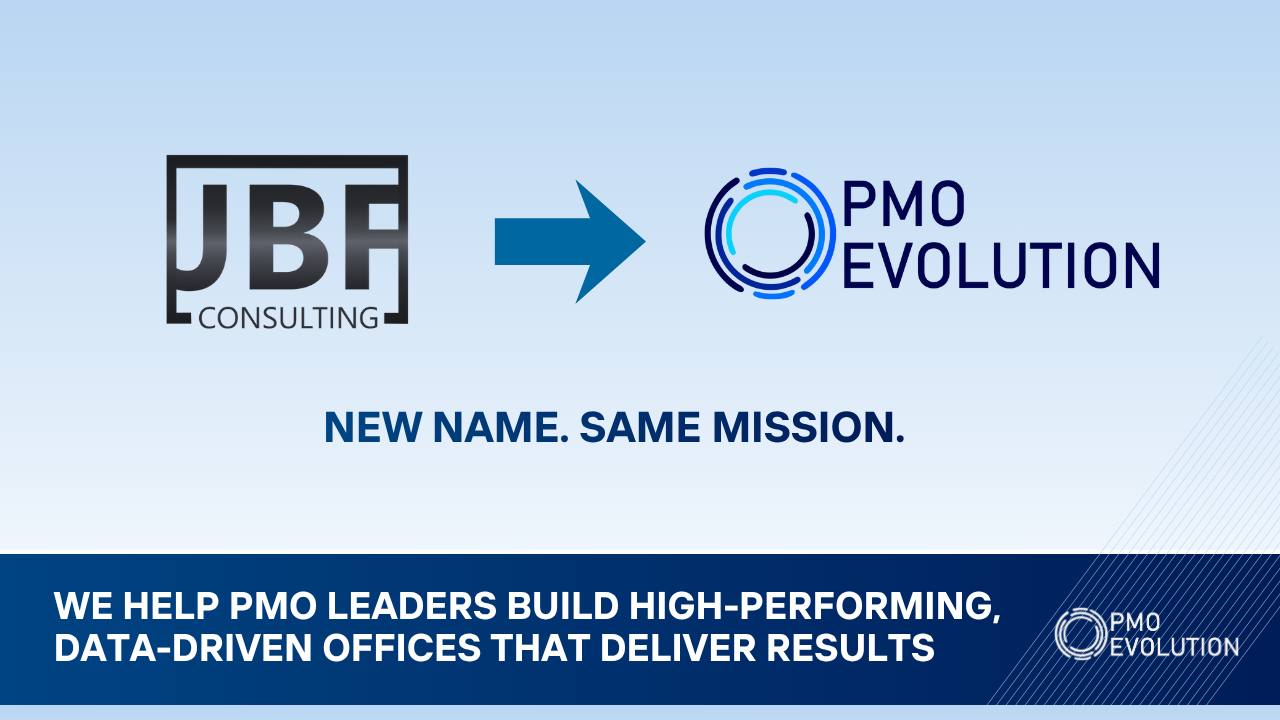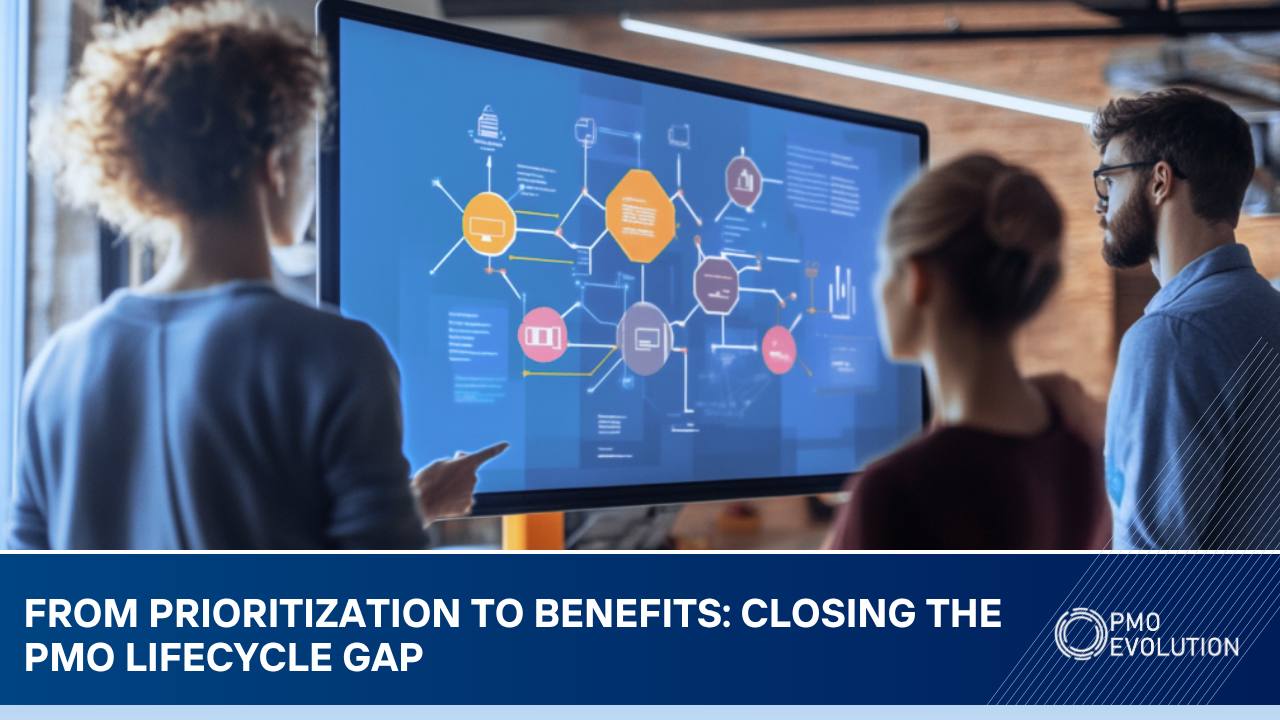From Reporting Machine to Strategic Ally: The PMO’s Future in an AI World
There’s a shift happening in real time.
One that quietly challenges what PMO leaders have been doing for years — and what stakeholders expect from us.
For a long time, much of the PMO’s value has been defined by reporting: building dashboards, chasing updates, compiling status reports, surfacing delays, reconciling timelines and budgets. A lot of this work was manual, repetitive, and time-sensitive. It made sense that we were the reporting machine.
But here’s the truth:
That version of the PMO is being automated - FAST.
AI isn’t on the horizon anymore. It’s already here, embedded in our delivery platforms, surfacing in our planning tools, and reshaping how organizations access and act on data. And while that may feel threatening at first, for PMO leaders willing to evolve, it’s the opportunity we’ve been waiting for.
Because if reporting becomes less of our job, we get to lean into the part that actually drives value: strategic enablement.
Where AI Is Already Reshaping the PMO
You’ve likely seen it already. Tools like Smartsheet, Jira, or Planview now offer predictive analytics. Status summaries can be AI-generated. Some platforms auto-flag risks based on delivery trends. Portfolio roll-ups happen faster than ever.
What used to take hours now takes minutes or none at all.
That’s great for efficiency. But it also means that if your PMO is still built around controlling updates and assembling reports, your value story is getting harder to defend. The organization no longer needs a middle layer just to compile information. It needs help making sense of what to do with it.
So What Does the PMO Do Now?
The role doesn’t disappear. It evolves.
From:
- Controlling process
- Enforcing templates
- Collecting data
To:
- Framing decisions
- Connecting delivery insights to strategy
- Guiding scenario thinking when conditions change
That’s where AI can’t replace us. But we have to position ourselves there intentionally.
A Practical Shift: From Status Keeper to Strategic Partner
Let’s make this real.
Say your portfolio tool flags a pattern, multiple transformation projects are under-delivering on benefits. Maybe AI is surfacing this based on value realization metrics compared to baseline assumptions.
The tool tells you what’s happening. But it won’t explain why — or what should happen next. That’s your job. The PMO steps in to:
-
Investigate what’s behind the shortfall.
-
Connect the dots across programs and sponsors.
-
Facilitate the conversation between operations, finance, and strategy leads.
-
Propose adjustments: maybe scope shifts, benefit redefinition, or even stopping underperforming work.
That’s what makes the PMO a strategic ally, not just a delivery monitor.
And this kind of intervention doesn’t come from pushing reports. It comes from asking better questions, pulling meaning from patterns, and helping leadership choose the next best step.
What the PMO Should Be Doubling Down On
If AI can do the reporting: GREAT! LET IT.
That gives us space to double down on what machines aren’t built to do:
-
Judgment under uncertainty.
-
Relationship navigation.
-
Strategic interpretation of delivery signals.
-
Influence across silos.
-
Reframing risks and trade-offs in ways that lead to better choices.
If your team is still spending most of its energy gathering data, it may be time to reassign roles. Re-skill. Reposition. Not reactively but proactively, so that your PMO is ready for what’s next.
Final Thought: This Isn’t About the Tools
There’s no single AI feature that flips the switch. This shift is cultural.
The question isn’t whether the PMO uses AI. It’s whether it understands what that unlocks and how it redefines our seat at the table.
If you’ve been wondering how to reposition your PMO for more strategic influence in the coming years, this is where to start. Not by chasing the latest tool. But by redesigning your value model around insight, agility, and decision support.
That’s what we help PMOs do. Not replace their processes but elevate their purpose.
If you're ready to make that shift, let’s talk. 👉 Book a consultation
And subscribe to my newsletter for grounded strategies and practical tools you can use right away—whether your PMO has 3 people or 300.
👉 Subscribe to the newsletter







